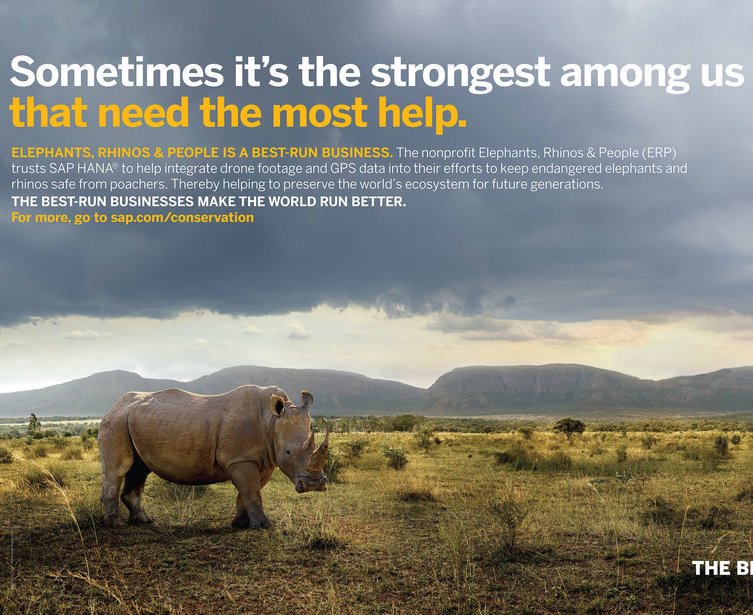Why does Audi fixate over every fixing, fastener and trim clip when it does its marketing?
Why is software company SAP sapient when making its B2B customers the hero of their ads?
And how can we all apply Carl Jung’s ‘The Sage’ archetype to help us build a more compelling business?
This is Zonal Marketing – a series which explores how innovative brands are shaking up their industries with extraordinary marketing. In this episode I’m explaining what the ‘Sage’ archetype is, outlining how some extremely successful brands have made it a central part of their marketing efforts, and helping you understand how you might apply it to your business to help you also gain a massive advantage over your competitors.
The ‘Sage’ is an archetype that’s often adopted by business-to-business companies because of its focus on facts, logic and wisdom. Characterised by the ‘wise old man’ (think Gandalf in Lord of the Rings or Yoda in Star Wars), the archetype appeals to the B2B world because companies often feel they have to remove the emotion from their messaging, in favour of focussing on ‘features and benefits’ – the end goals of their customer.
But, in pop culture, ‘Sage’ characters often manifest as the ‘guide’; a person who helps their protégé – usually the story’s real hero – on their own existential journey.
And, when businesses market themselves through this lens, what results is often some of the most perceptive, most persuasive messaging around.
And so, let’s start by looking at how one B2B brand – SAP – and one B2C brand – Audi – have both summoned the ‘Sage’ in incredible ways.
FIXATING OVER FIXINGS
The primary drive for the ‘Sage’, according to Jung was to go on a spiritual journey. And this spiritual journey was fundamentally a quest for knowledge.
Audi, with their Vorsprung Durch Technik (“Progress Through Technology”) strapline, could hardly align themselves with any other archetype; the entire essence of the company is about advancement through the application of a superior intellect. It simply helps that their product facilitates actual journeys as well as spiritual ones.
And so, when Audi market themselves, they fascinate on tiny details. They break their cars apart, figuratively and occasionally literally, as a means of focussing attention on all the tiny details. All the little tweeks and turbo-chargings that make their vehicles a technological tour de force. For the automotive enthusiast, this is practically car porn and they will obsess over it like a German engineer fixates over every fixing, fastener and trim clip.
When they’re not applying a sharp focus to their products, they’re taking a wide-angled lens and turning it on their customers. When I worked with them, we developed an editorial website called Destination: Audi, the aim of which was to tell compelling stories about captivating people, taking their Audis on remarkable journeys. In so doing, we made our customers the hero; the car was simply the facilitator in helping them on their path.
And this isn’t something that’s only possible with B2C brands. Software company SAP did something similar with their ‘Best Run’ campaign. In it, they strategically turned their focus from operations to outcomes. As Marketing Week put it in a 2019 interview with SAP CMO Alicia Tillman, “rather than communicating how SAP helps companies run better, it now communicates how the best run companies [use SAP to] make the world run better. The result was an extremely compelling set of ads that told stories of how SAP customers are using its tech to solve societal, environmental and economic challenges.
The lesson is that whether your customer is the end-user or another business, there are always ways to make them the hero, boosting the perception of your company in the process.
TIKI TAKA TACTICS
So what can we learn from the examples of Audi and SAP? And how might we bring the Sage archetype into our own marketing to help us communicate more compellingly?
The first thing to establish is whether the archetype even works for your company in the first place. For help on this, I recommend my introduction to marketing tactics episode, in which I explain why asking “What’s our problem?” is a more useful question when planning your marketing than the more typical, “what do we want to achieve?”
Brands that typically suit the Sage are those that are a high consideration purchase decision, either because they cost a lot of money or because they require a high emotional investment from the customer.
In such situations, breaking your product down and talking through each part in detail is helpful because you’re appealing to their sense of logic. You are persuading them that this is the right purchase for them. And who knows which detail will be the one to push them over the edge.
It also gives you multiple bites at the cherry. In marketing, the ‘rule of seven’ theory posits that customers need to have at least seven touch-points with your brand before they remember you. In fact one piece of ‘Think with Google’ research found that the typical car-buying customer has more than 900 DIGITAL interactions ALONE before making their purchase! No wonder Audi like to create so much content!
While all of this appeals to the head, you can appeal to your customer’s heart by focussing on the journey. What’s the destination and how does your product help your customer get there. Make the audience the hero. Put them in the picture with your images and communicate utility with your words. How will I use your product to make my life better?
For more on this approach to marketing a High Consideration product, check out my Zonal Marketing episode on Tiki Taka marketing, in which I outline what we can learn from football manager Pep Guardiola in terms of how his teams break down their competitors.





